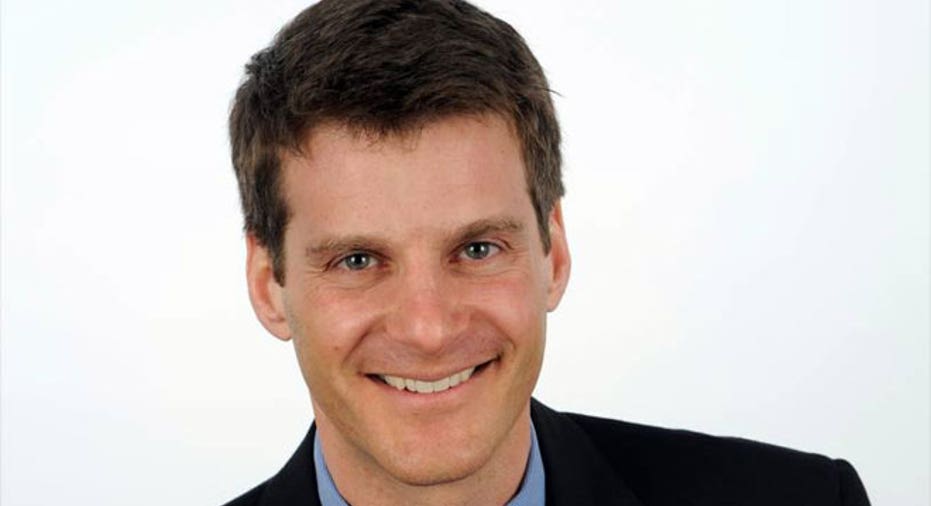The Problem with High Expectations

At 5 am I was lying in bed, awake, thinking. Actually, thinking is too generous a word for what I was doing. I was perseverating.
I was about to buy a new bicycle, and I couldn’t decide on the color. I tried to visualize the bike and imagine how I would feel riding it in each color. I weighed the options, hoping one would rise as the right choice.
I’d already gone online numerous times to look at the bike, even interrupting important work to do so, and I’d gone back to the bike store twice. I’d asked countless people which color they thought I should get, pulling out my iPhone to show them the options.
I’m embarrassed about this. I’m supposed to be efficient and productive. I’m supposed to be confident. But there I was, wasting time, asking other people to help me choose my favorite color. This is not who I want to be.
But, clearly, it is who I am. Much as I’d like to deny it, I am often indecisive and insecure. That’s hard for me to admit, so I tried to avoid facing it.
I blamed others: Maybe it was my parent’s fault — they made so many decisions for me that I never learned to have confidence in my own choices. Or maybe it was the bike company’s fault for offering so many colors — there’s compelling research proving that the more alternatives we have, the harder it is to choose.
I minimized my struggle: I make lots of important decisions, so who cares if I can’t make the insignificant ones?
And I tried to follow a process: First eliminate the obvious no’s, then if it’s still unclear, they all must be fine and I’ll just choose any one of the remaining colors.
None of this worked. A week later, I had still not decided.
One night as I lay awake feeling the shame of my ineptitude, I began to think about my daughter. She can have difficulty controlling her impulses and she falls quickly into conflicts with friends.
How often have I scolded her or given her unsolicited pushy advice, annoyed that she acted the way she did?
I’d assumed that, if she wanted to, she would change. But, from the vantage of my own struggle, I realized how wrong I’d been. My daughter is doing the absolute best she can. And my judgement of her behavior — of her — only makes her feel and behave worse.
That’s when it really hit me: My expectations of everyone, including myself, are counter-productively high.
High expectations can have a positive effect; people need a high bar to stretch towards. But I think many of us take it too far. We slip so easily into criticisms of ourselves and those around us — family, friends, coworkers, public figures — that we no longer expect people to be human beings. And when we shame ourselves and others for failing, we make things worse. We contribute to pain while nurturing impotence.
When we face weakness — ours or someone else’s — it doesn’t help to blame someone or something, pretend it’s not important, or simply decide to change. And it’s not sufficient to identify a three-step process to fix the problem. So what does help?
Here’s the best I’ve come up with: compassion.
As far as I can tell, for advice to be useful at all, it needs to be preceded by compassion. Yes my daughter needs support, guidance, instruction, and advice. But she needs compassion first. As the saying goes: Be kind, for everyone you meet is fighting a hard battle. That certainly includes me. And, I’m betting, you. Being compassionate will probably make us better, more effective people. If not, at least it will reduce the suffering that accompanies weakness. And it will most certainly make us nicer to each other and to ourselves.
Eventually, I bought a bike. I rode it home. Then, the next day, I woke up at five in the morning again, second-guessing my decision, thinking I should have bought a different color. I berated myself momentarily and then I remembered: This is who I am. It’s not perfect. I don’t even like myself sometimes. But it’s the best I can do. Hopefully, it’s good enough.
Peter Bregman is a strategic advisor to CEOs and their leadership teams. This article originally appeared in the Harvard Business Review.



















